This article provides an overview of sheet metal fabrication, including its various applications, the process of creating sheet metal parts, considerations for design, material selection, and surface finishing methods. Sheet metal fabrication is a versatile and cost-effective manufacturing process used in a wide range of industries, such as construction, automotive, aerospace, and manufacturing. From design to assembly, this article breaks down the steps involved in creating sheet metal parts and products, and highlights the importance of surface finishing and material selection. Whether you’re new to sheet metal fabrication or looking to expand your knowledge, this article has everything you need to know.
What is Sheet Metal Fabrication Used For
Sheet metal fabrication is the process of creating metal structures by cutting, bending, and shaping sheets of metal. It is a versatile process that is used in a wide range of industries, including construction, automotive, aerospace, and manufacturing.
Sheet metal fabrication is used to create a variety of products, including metal enclosures, cabinets, and cases. It is also used to create parts for machinery, such as brackets, frames, and panels. In the automotive industry, sheet metal fabrication is used to create car bodies, fenders, and other exterior parts.
One of the advantages of sheet metal fabrication is that it allows for precise and consistent manufacturing. The use of computer-aided design (CAD) software and computer numerical control (CNC) machines ensures that each part is produced to exact specifications.
In addition, sheet metal fabrication is a cost-effective manufacturing process. The use of raw materials is minimized, and the process is highly efficient, which reduces waste and lowers production costs.
Overall, sheet metal fabrication is a versatile and cost-effective manufacturing process that is used in a wide range of industries.
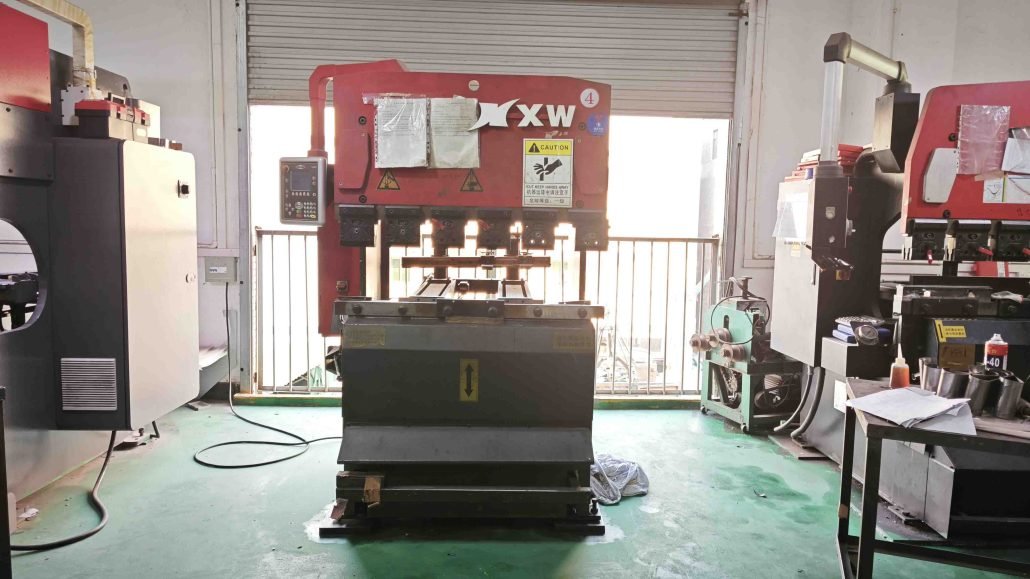
What Is Sheet Metal Fabrication
Sheet metal fabrication is a versatile process that involves the creation of metal structures by cutting, bending, and shaping sheets of metal. It is one of the most commonly used manufacturing processes across various industries, including construction, automotive, aerospace, and manufacturing. Whether you need to create metal enclosures, cabinets, cases, brackets, frames or panels, sheet metal fabrication can be used to produce components for a wide range of applications.
One of the key advantages of sheet metal fabrication is that it allows for precise and consistent manufacturing. The use of computer-aided design (CAD) software and computer numerical control (CNC) machines ensures that each part is produced to exact specifications. This makes it a popular choice for creating complex structures with intricate designs.
Sheet metal fabrication is also known for being a cost-effective manufacturing process. The use of raw materials is minimized, and the process is highly efficient, which reduces waste and lowers production costs. This makes it an attractive option for businesses looking to reduce costs while maintaining high-quality output.
In addition to being versatile and cost-effective, sheet metal fabrication is also a highly customizable process. Metal sheets can be cut, bent, and shaped into a wide range of different forms, making it possible to create custom designs that meet the specific needs of a particular application. This level of customization means that sheet metal fabrication can be used to create everything from simple brackets to complex machinery parts.
Overall, sheet metal fabrication is a complex and precise process that requires skilled technicians and specialized equipment. However, it is a cost-effective and efficient manufacturing method that is used in a wide range of industries. Whether you are looking to create simple or complex metal structures, sheet metal fabrication can help you achieve your desired outcome while keeping costs low.
The Process to Create Sheet Metal Parts
Sheet metal fabrication is a versatile process used to create a wide range of parts and products. Here are the basic steps involved in sheet metal fabrication:
Design
The first step in sheet metal fabrication is to create a design for the part or product. This is typically done using computer-aided design (CAD) software, which allows for precise and detailed designs.
Material Selection
Once the design is complete, the appropriate type and thickness of sheet metal must be selected. The material selection will depend on the specific requirements of the part or product, such as strength, durability, and appearance.
Cutting
The sheet metal is then cut to the appropriate size and shape using a variety of cutting tools, such as laser cutters or shears.
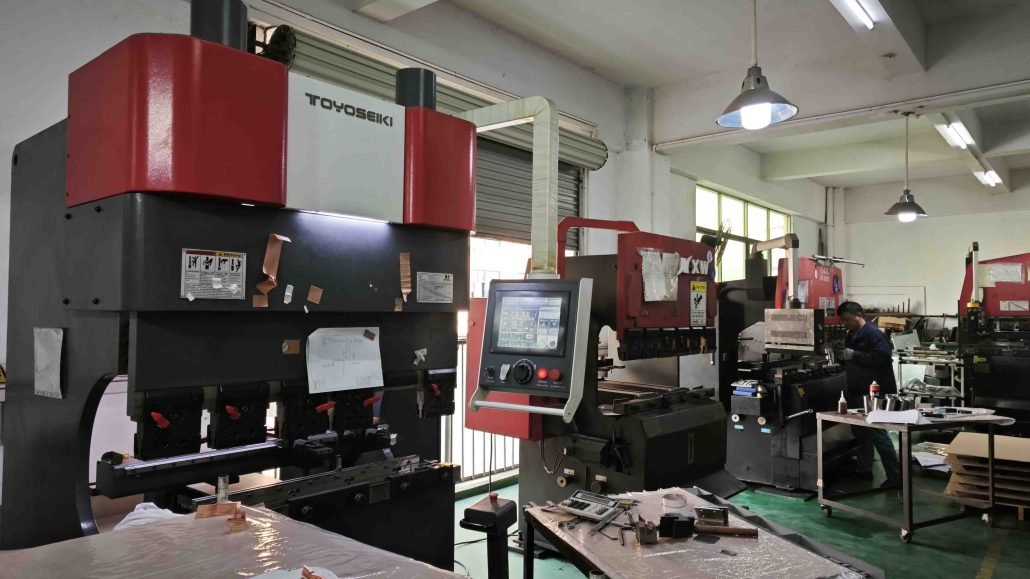
Bending
The next step is to bend the sheet metal into the desired shape using a press brake or other bending tool. This is a critical step in the fabrication process, as it determines the final shape and dimensions of the part or product.
Assembly
Finally, the individual parts are assembled into the final product. This may involve welding, riveting, or other joining techniques.
Overall, sheet metal fabrication is a complex and precise process that requires skilled technicians and specialized equipment. However, it is a cost-effective and efficient manufacturing method that is used in a wide range of industries.
Application of Surface Finishing in Sheet Metal Fabrication
Surface finishing in sheet metal fabrication refers to the process of physically, chemically, or electrochemically treating the surface of a metal to improve its surface properties and appearance. It is an essential step in sheet metal fabrication, as it can increase a product’s corrosion resistance, mechanical properties, and surface quality, thereby enhancing its overall value. The following are common surface finishing methods used in sheet metal fabrication:
Sandblasting
Sandblasting involves spraying quartz sand, glass beads, or other particles onto the metal surface at high speeds, removing oxide, oil, welding slag, and other substances to improve surface quality. Sandblasting can make the metal surface smoother, enhancing its corrosion resistance and mechanical properties.
Spray Coating
Spray coating involves spraying paint onto the metal surface to form a protective layer that improves surface treatment. Spray coating can increase the aesthetic appeal and corrosion resistance of metal products, while also making the surface smoother.
Electroplating
Electroplating involves immersing metal products in an electrolyte solution and using an electrical current to reduce metal ions to metal atoms that deposit onto the product surface, forming a protective layer of different material. Electroplating can improve the oxidation resistance, corrosion resistance, and aesthetic appeal of metal products and is commonly used in the automotive and electronics industries.
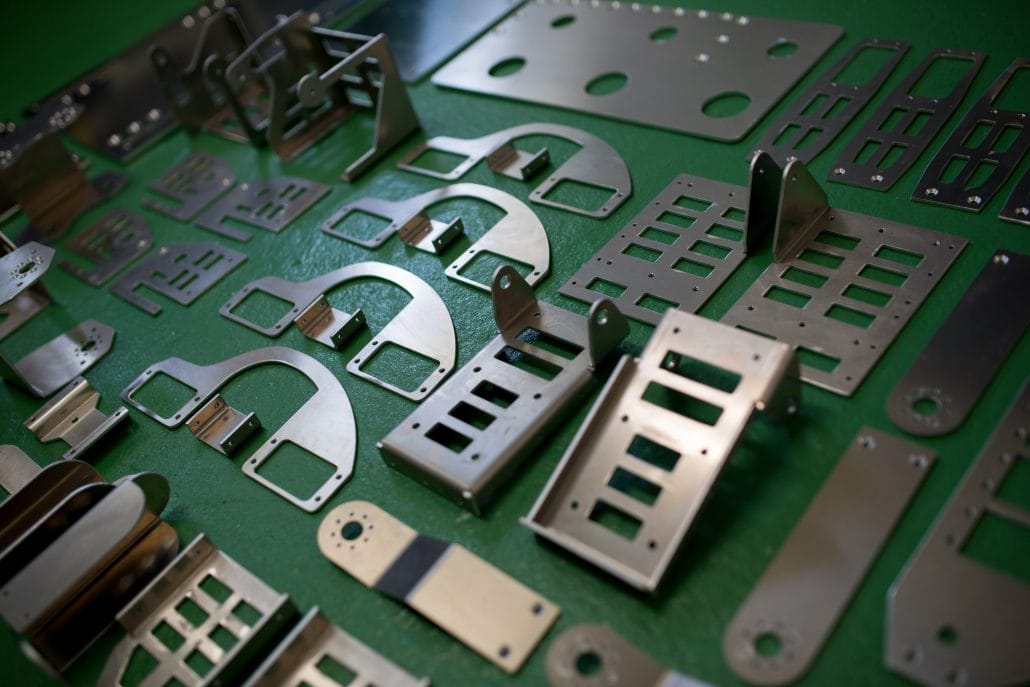
Polishing
Polishing involves mechanically grinding and polishing the metal surface to improve surface quality. Polishing can make the metal surface smoother, enhancing its appearance and corrosion resistance.
Surface finishing is a highly technical process that requires specialized equipment and expertise. In sheet metal fabrication, selecting the appropriate surface finishing method can add value to a product, improve its overall quality, and enhance competitiveness.
Design Considerations for Sheet Metal Fabrication
Sheet metal fabrication is a versatile process that can be used to create a wide variety of products. However, designing parts for sheet metal fabrication requires careful consideration of several factors to ensure that the final product meets the desired specifications. Here are some design considerations for sheet metal fabrication:
Material Selection
The material selected for sheet metal fabrication can greatly impact the final product’s strength, durability, and appearance. It is important to choose the appropriate material for the specific application, taking into account factors such as the required strength, corrosion resistance, and cost.
Bend Radius
The bend radius is the minimum radius around which a sheet metal part can be bent without causing cracking or deformation. The bend radius is determined by the thickness and type of material being used, as well as the bending method. It is important to carefully consider the bend radius when designing parts to ensure that they can be bent without damage.
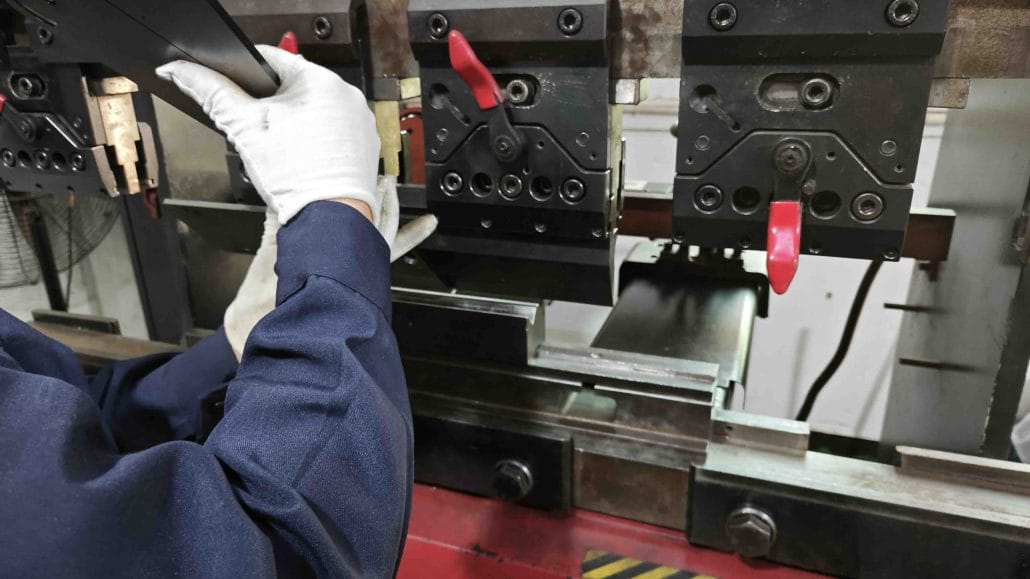
Hole Size and Placement
Holes are often required in sheet metal parts for fastening, ventilation, or other purposes. The size and placement of these holes must be carefully considered to ensure that they do not compromise the part’s strength or integrity. It is also important to consider the tooling required to create the holes, as this can impact the cost and lead time of the part.
Tolerance and Fit
Tolerance and fit refer to the allowable deviation from the specified dimensions of a part. It is important to carefully consider tolerance and fit when designing parts for sheet metal fabrication to ensure that they can be manufactured within the required tolerances and fit properly with other components.
Surface Finishing
Surface finishing can greatly impact the appearance and performance of sheet metal parts. Careful consideration must be given to the desired finish, as well as the surface preparation, coating, and other finishing processes required.
Overall, designing parts for sheet metal fabrication requires careful consideration of several factors to ensure that the final product meets the desired specifications. By taking these design considerations into account, designers can create parts that are cost-effective, efficient to manufacture, and of high quality.
Material Selection for Sheet Metal Fabrication
The material selected for sheet metal fabrication can greatly impact the final product’s strength, durability, and appearance. There are several factors to consider when selecting a material for sheet metal fabrication, including:
- Strength: The material must be strong enough to withstand the stresses and loads placed on the final product. The required strength will depend on the specific application, and may be influenced by factors such as the operating conditions and intended use of the product.
- Corrosion Resistance: The material must be able to resist corrosion over time. The required level of corrosion resistance will depend on the environment in which the product will be used, and may be influenced by factors such as exposure to moisture, salt, or other corrosive substances.
- Formability: The material must be able to be formed into the desired shape without cracking or other damage. The formability of a material will depend on several factors, including its thickness, ductility, and work hardening characteristics.
- Appearance: The material must be able to provide the desired surface finish and appearance. This may be influenced by factors such as the color, texture, and reflectivity of the material.
Some common materials used in sheet metal fabrication include steel, aluminum, copper, and brass. Each material has its own unique properties and advantages, and the appropriate material selection will depend on the specific requirements of the part or product.
Steel is a strong and durable material that is often used in sheet metal fabrication. It is available in a variety of grades and finishes, and can be easily formed and welded.
Aluminum is a lightweight and corrosion-resistant material that is often used in aerospace and automotive applications. It is available in a variety of grades and finishes, and can be easily formed and joined.
Copper is a highly conductive and corrosion-resistant material that is often used in electrical and plumbing applications. It is available in a variety of grades and finishes, and can be easily formed and soldered.
Brass is a strong and corrosion-resistant material that is often used in decorative and architectural applications. It is available in a variety of grades and finishes, and can be easily formed and joined.
Overall, selecting the appropriate material for sheet metal fabrication is critical to the success of the final product. By considering factors such as strength, corrosion resistance, formability, and appearance, designers can choose a material that will meet the specific requirements of the application.
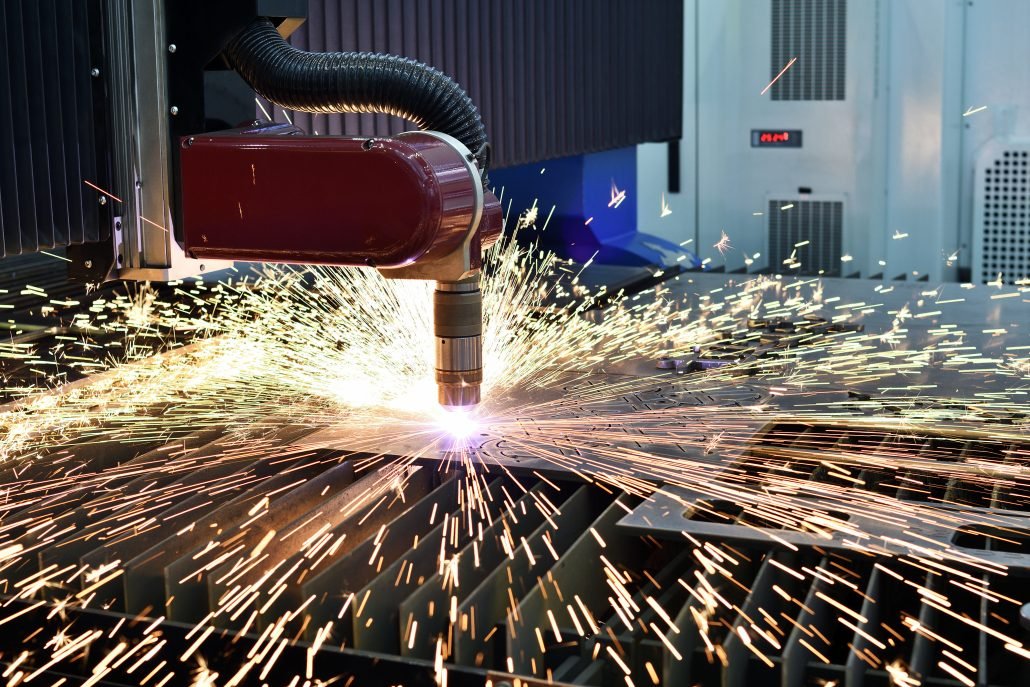
Sheet Metal Fabrication Process
Sheet metal fabrication is a versatile process that involves several steps to create metal structures. Here are the basic steps involved in sheet metal fabrication:
- Design: The first step in sheet metal fabrication is to create a design for the part or product using computer-aided design (CAD) software.
- Material Selection: Once the design is complete, the appropriate type and thickness of sheet metal must be selected.
- Cutting: The sheet metal is then cut to the appropriate size and shape using a variety of cutting tools, such as laser cutters or shears.
- Bending: The next step is to bend the sheet metal into the desired shape using a press brake or other bending tool.
- Assembly: Finally, the individual parts are assembled into the final product, which may involve welding, riveting, or other joining techniques.
Surface finishing is also an important step in sheet metal fabrication, which involves treating the surface of the metal to improve its surface properties and appearance. Some common surface finishing methods include sandblasting, spray coating, electroplating, and polishing.
Overall, sheet metal fabrication is a complex and precise process that requires skilled technicians and specialized equipment. However, it is a cost-effective and efficient manufacturing method that is used in a wide range of industries.
Sheet Metal Fabrication Factory
If you’re in need of sheet metal fabrication services, look no further than Sheet Metal Fabrication Factory! Our team of skilled technicians and state-of-the-art equipment allow us to provide high-quality and efficient fabrication for a wide range of industries, including construction, automotive, and aerospace.
We offer a variety of services, including cutting, bending, and assembly, as well as surface finishing options like sandblasting, spray coating, electroplating, and polishing. Our use of computer-aided design (CAD) software and computer numerical control (CNC) machines ensures precise and consistent manufacturing for each part or product we produce.
At Sheet Metal Fabrication Factory, we understand the importance of selecting the appropriate material for sheet metal fabrication. That’s why we offer a variety of materials, including steel, aluminum, copper, and brass, and work with our clients to select the material that best fits their specific requirements.
Contact us today to learn more about our sheet metal fabrication services and how we can help bring your project to life!
In summary, sheet metal fabrication is a complex and precise process that requires skilled technicians and specialized equipment. However, it is a cost-effective and efficient manufacturing method that is used in a wide range of industries. By carefully considering factors such as material selection, design considerations, and surface finishing, designers can create parts that are cost-effective, efficient to manufacture, and of high quality. Contact Sheet Metal Fabrication Factory today to learn more about our sheet metal fabrication services and how we can help bring your project to life!


